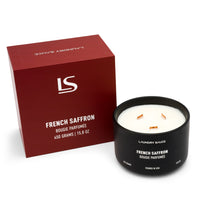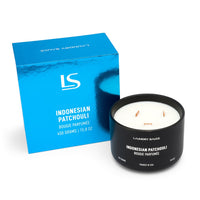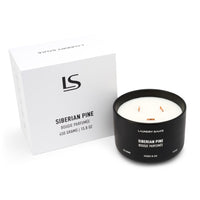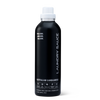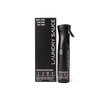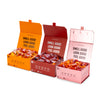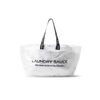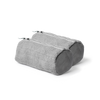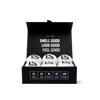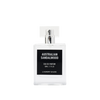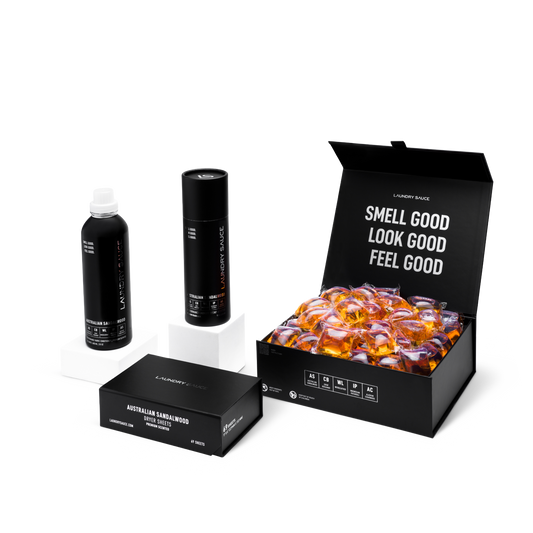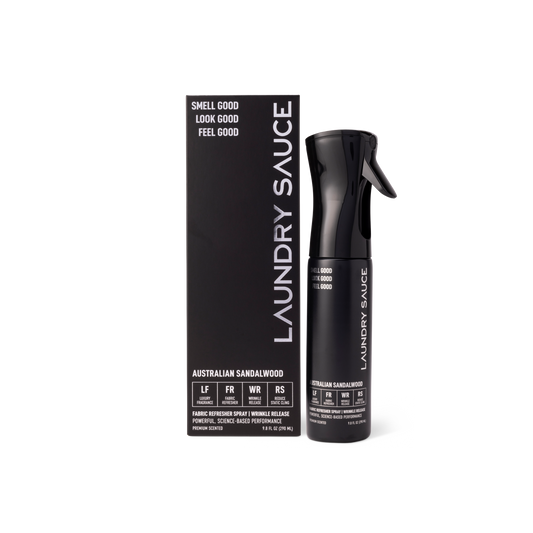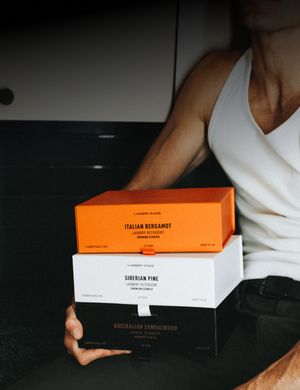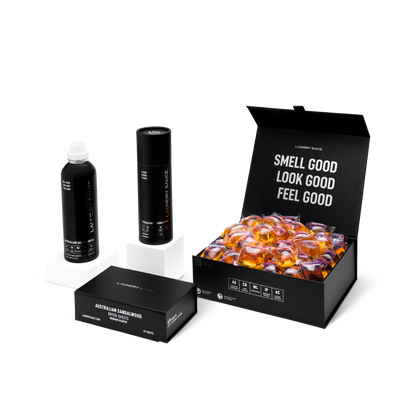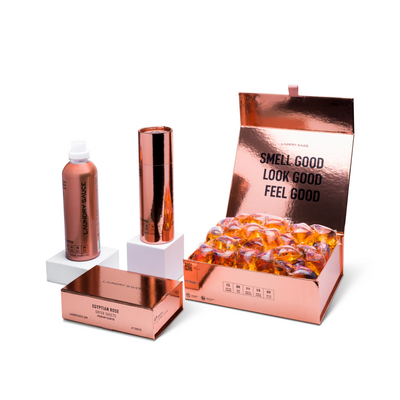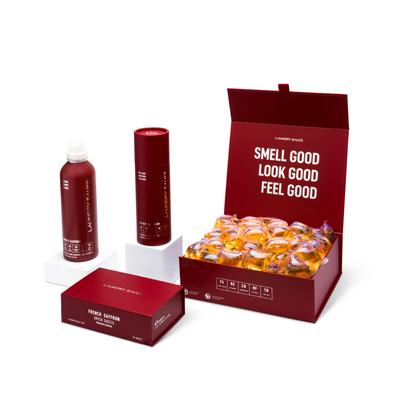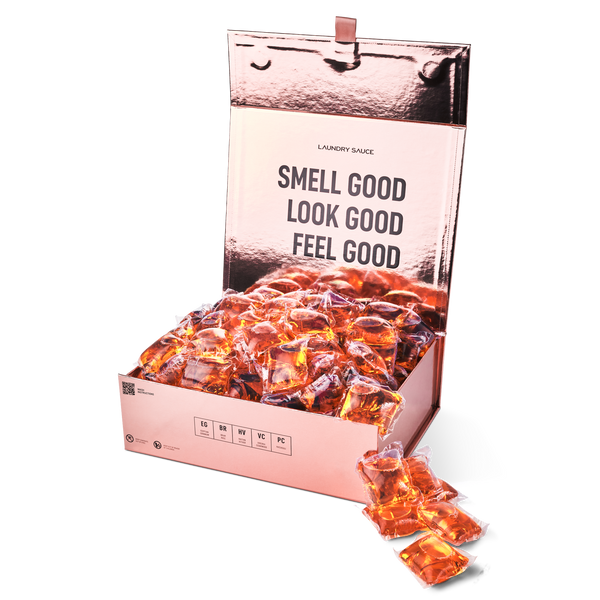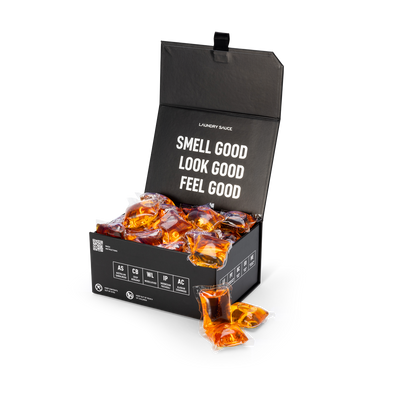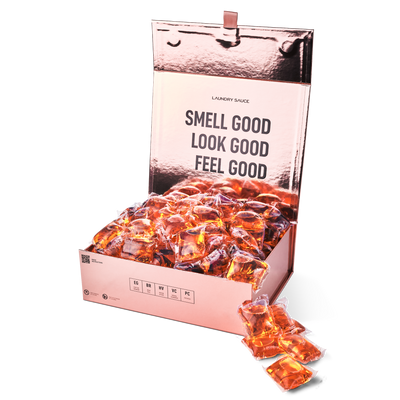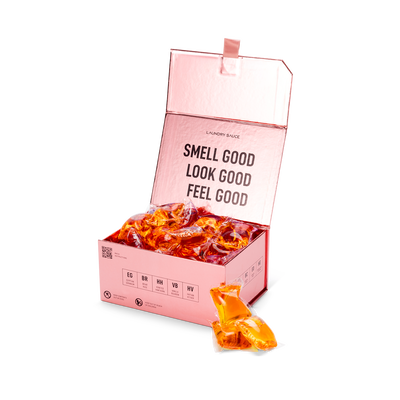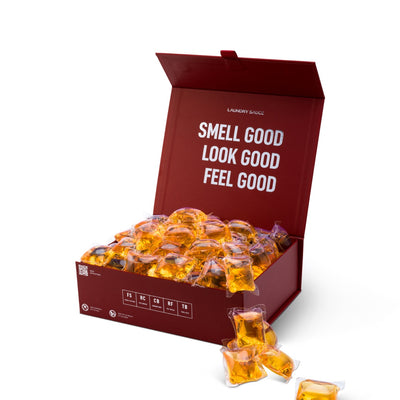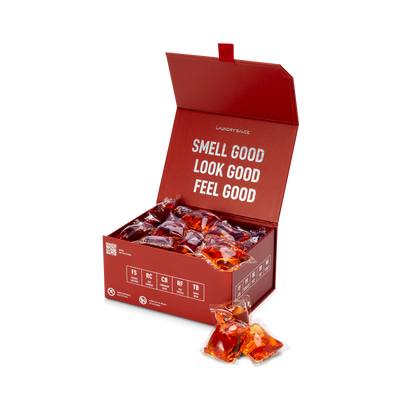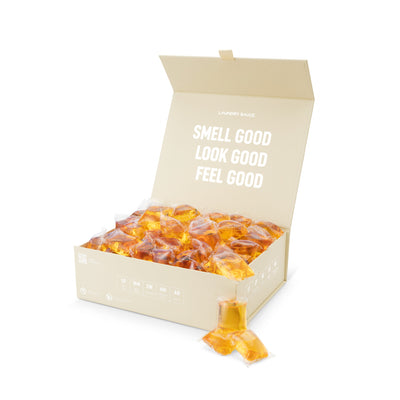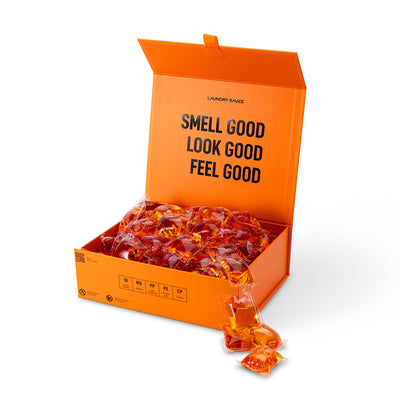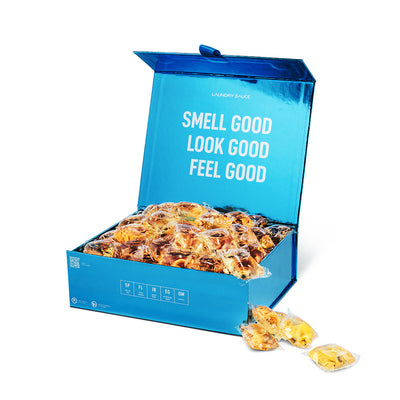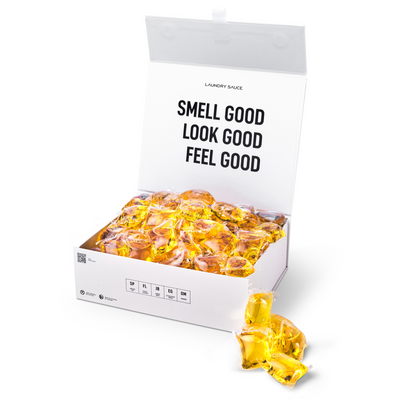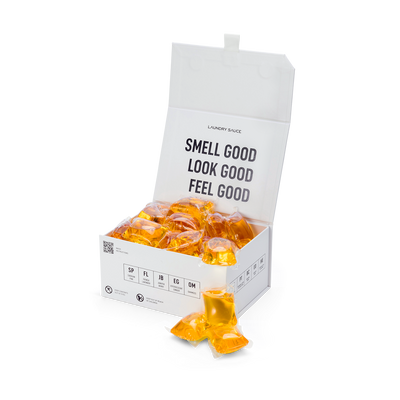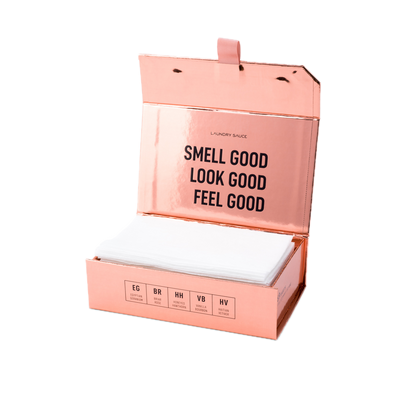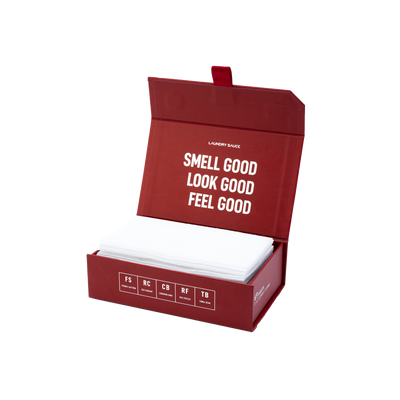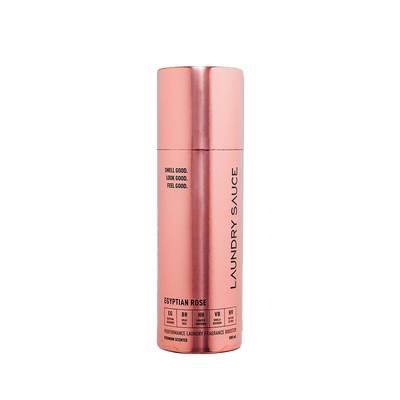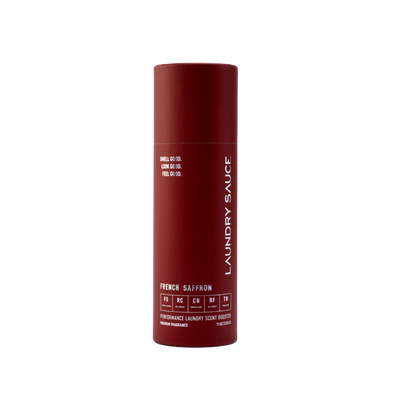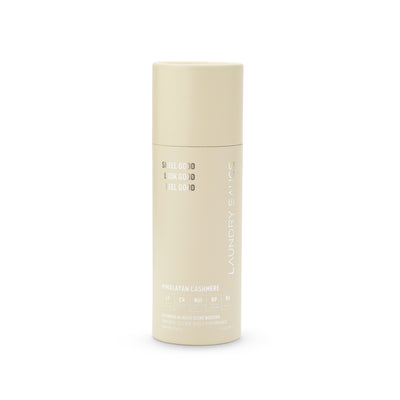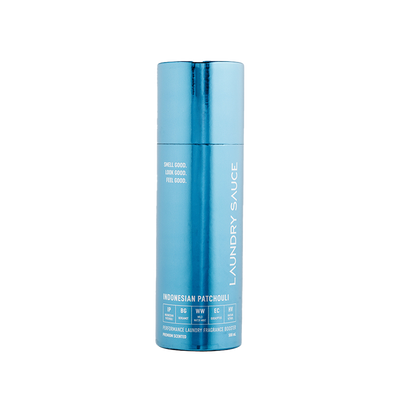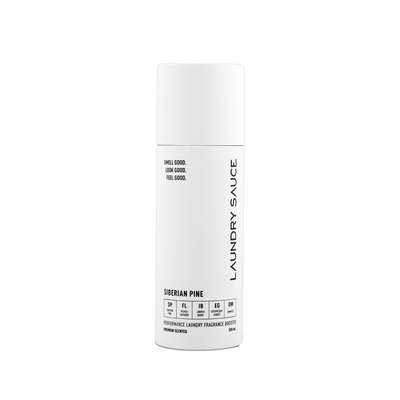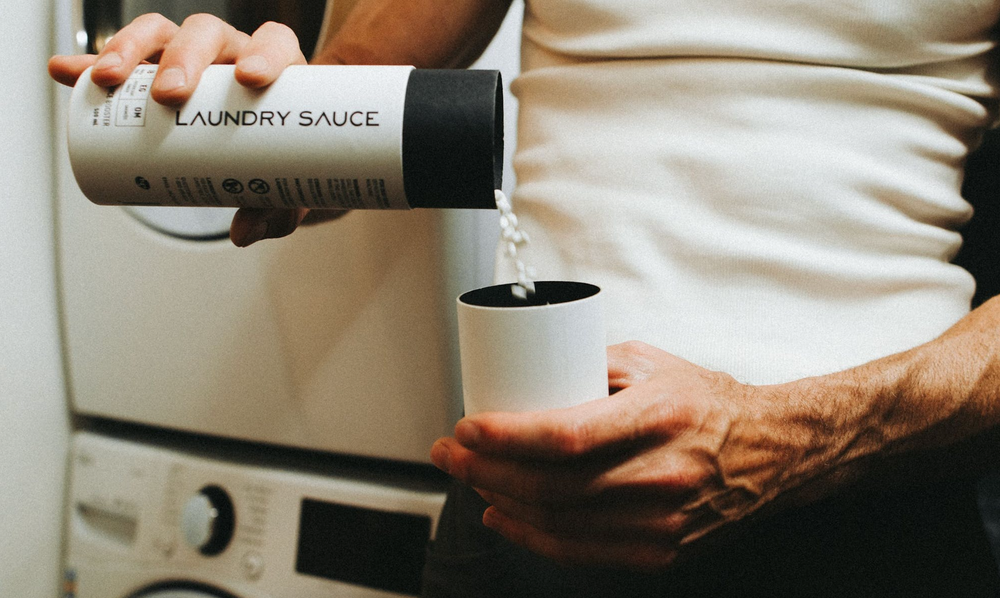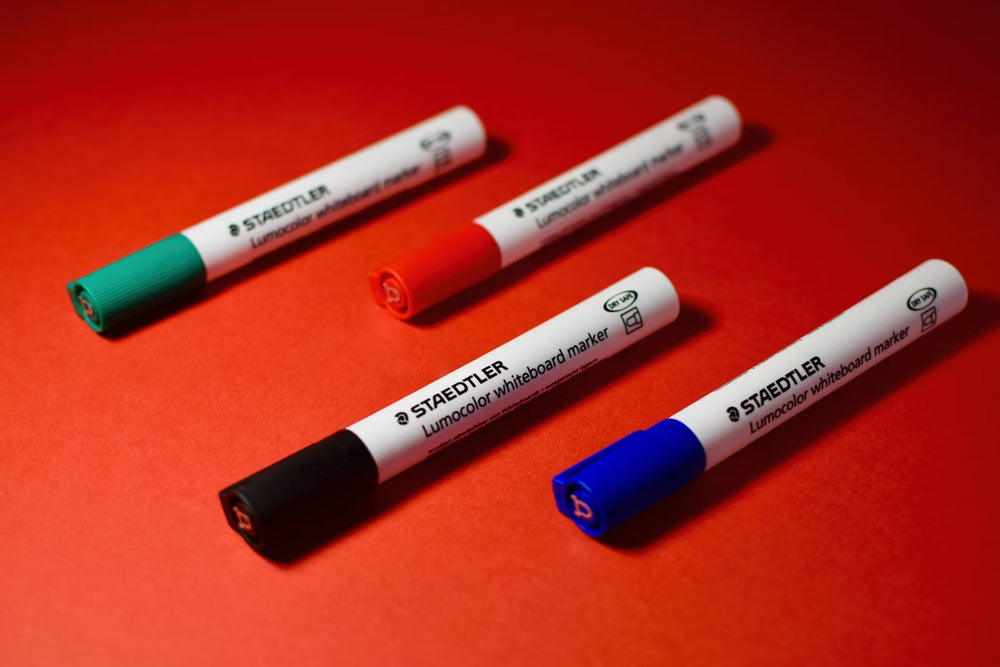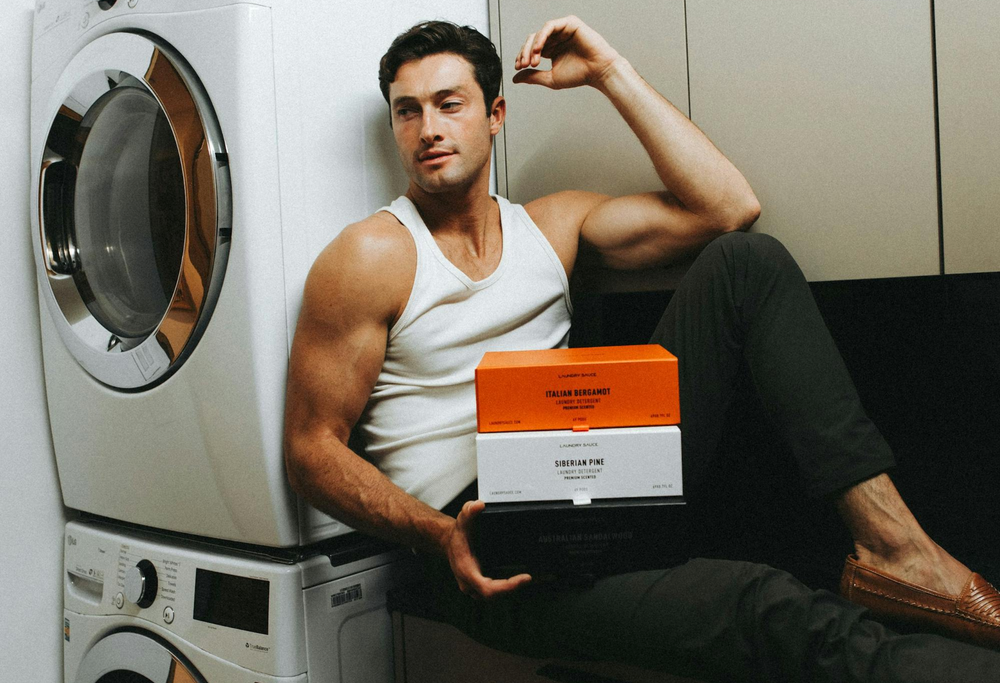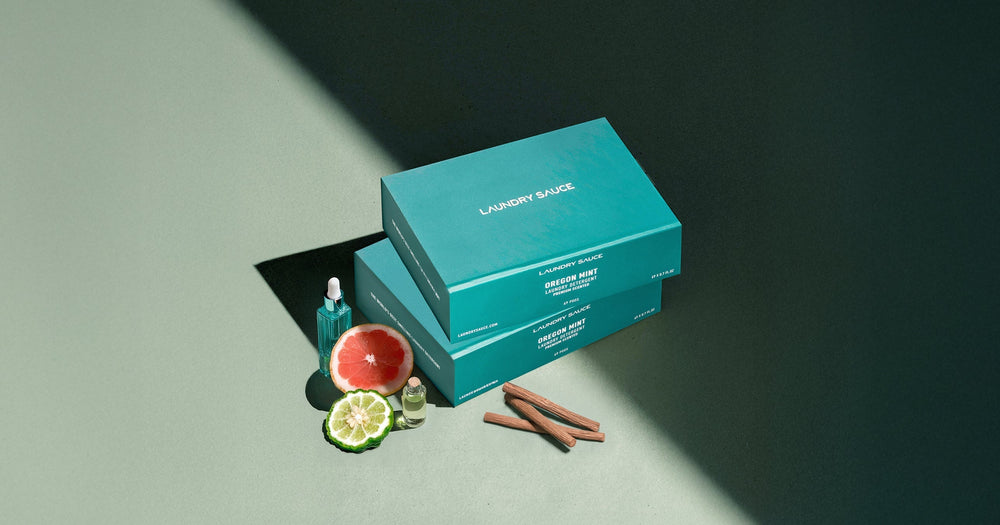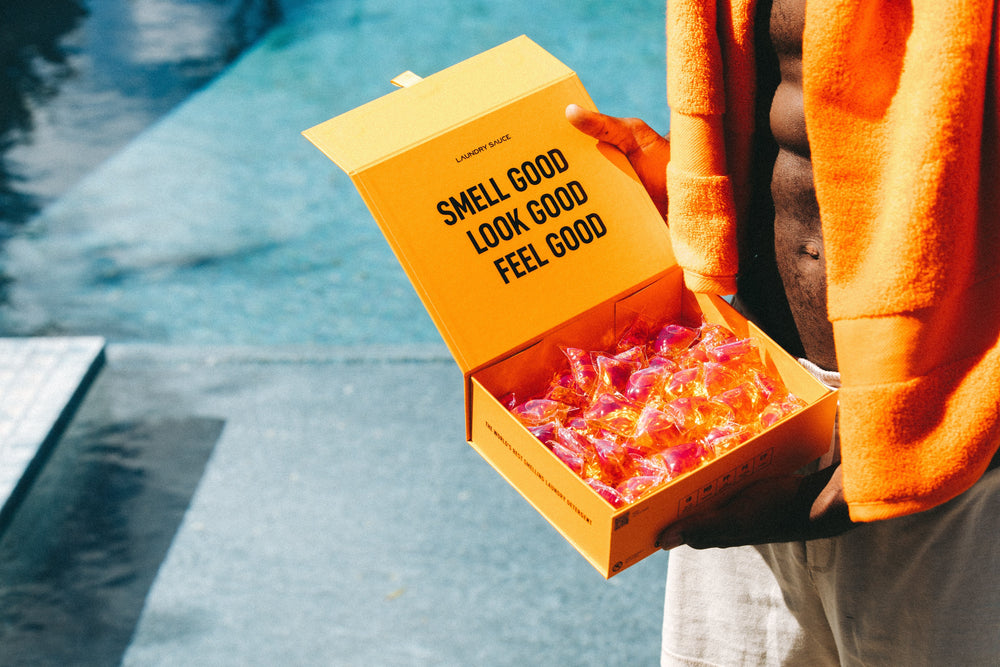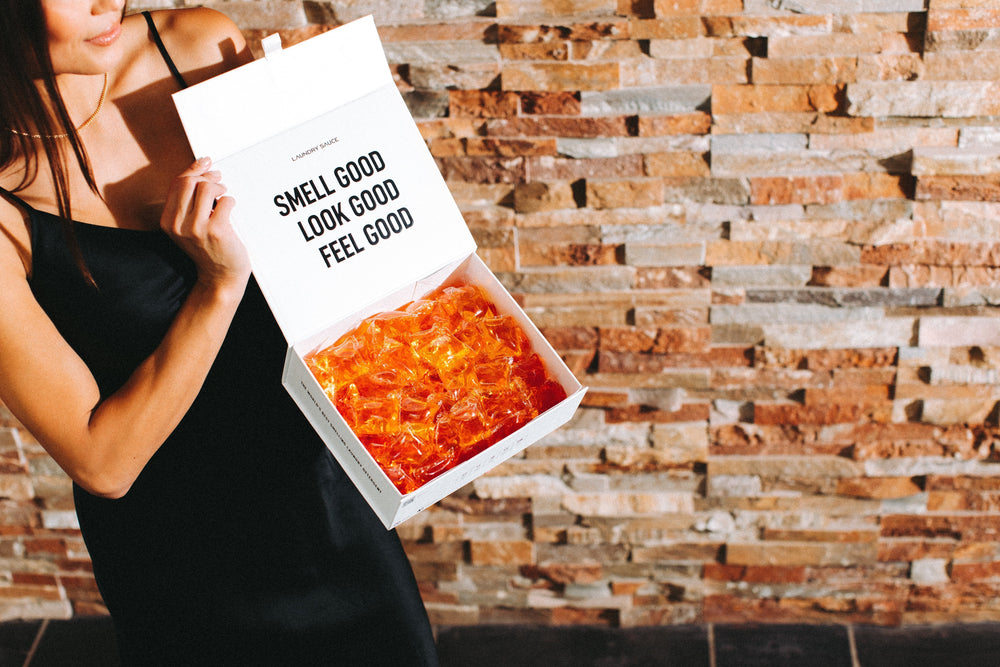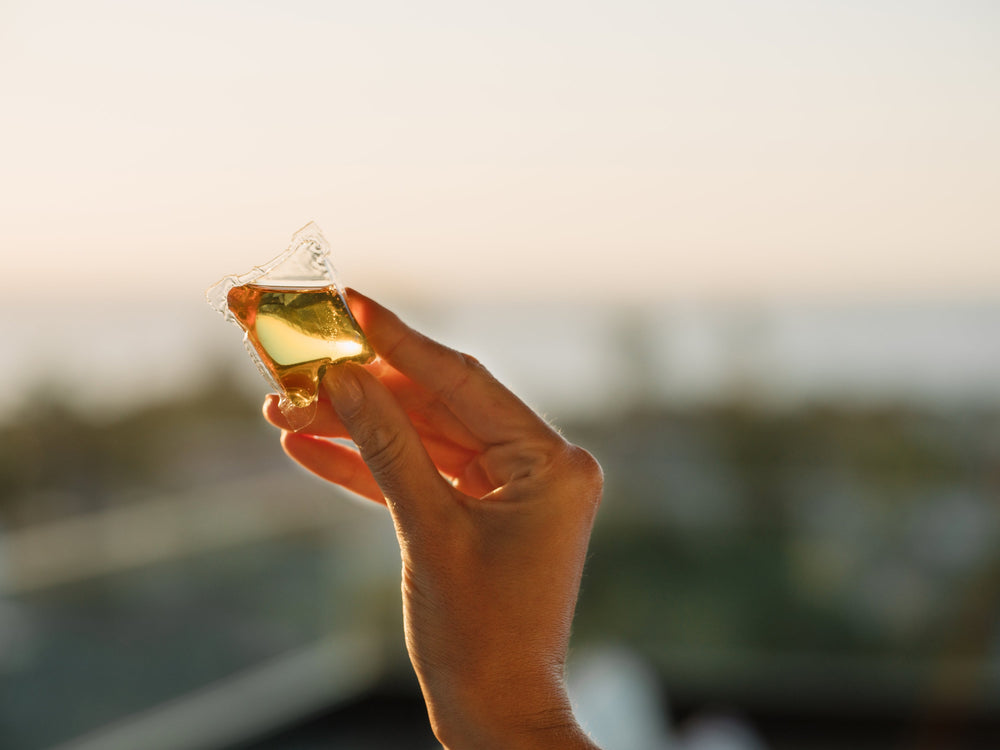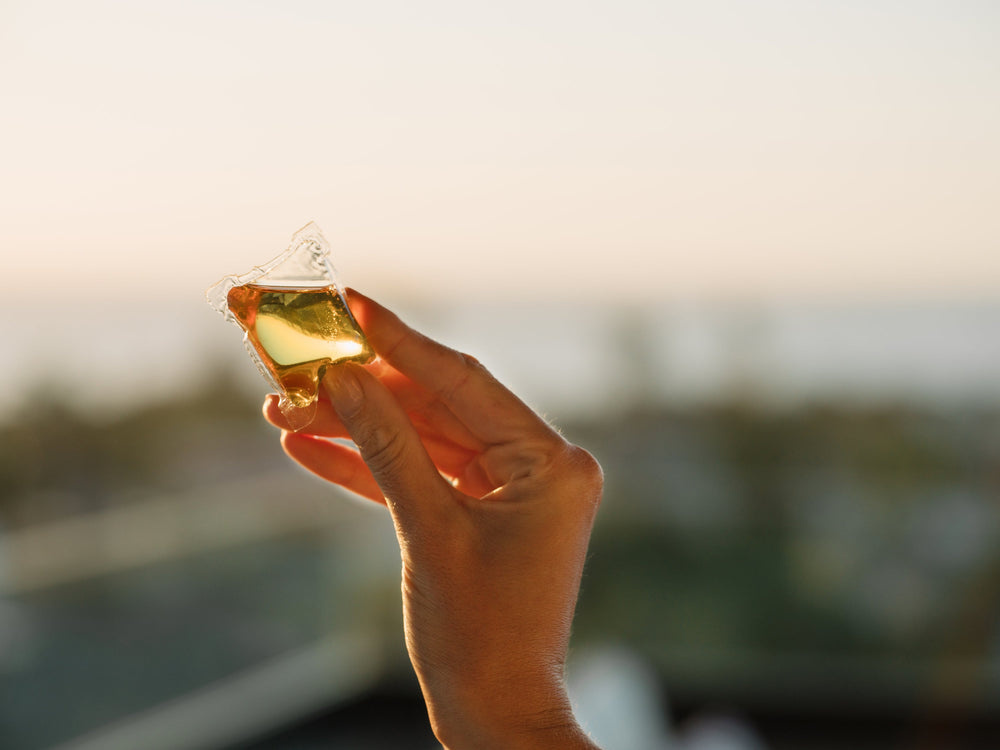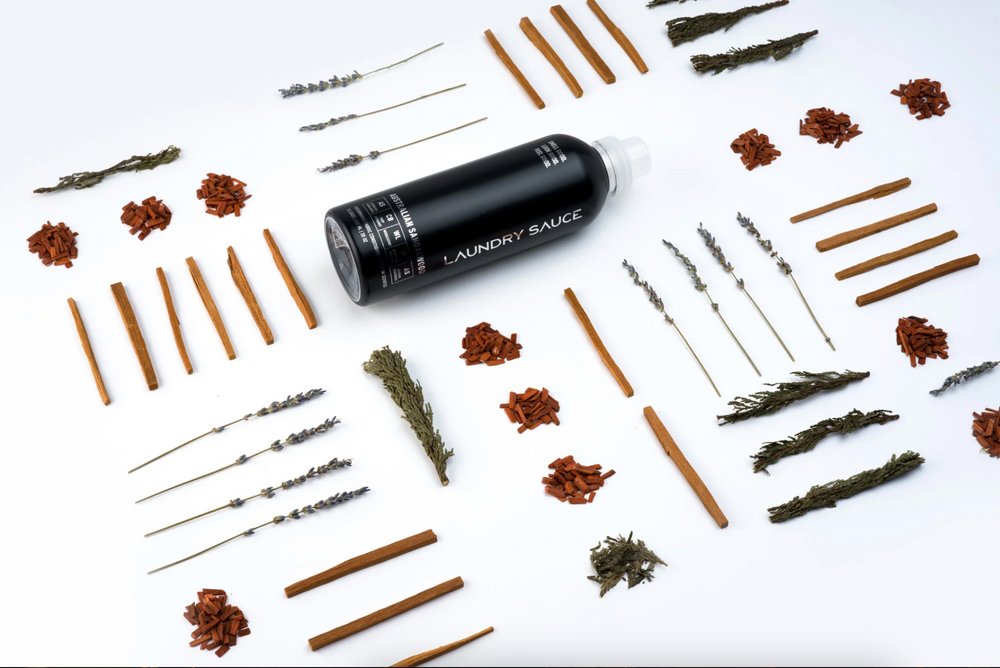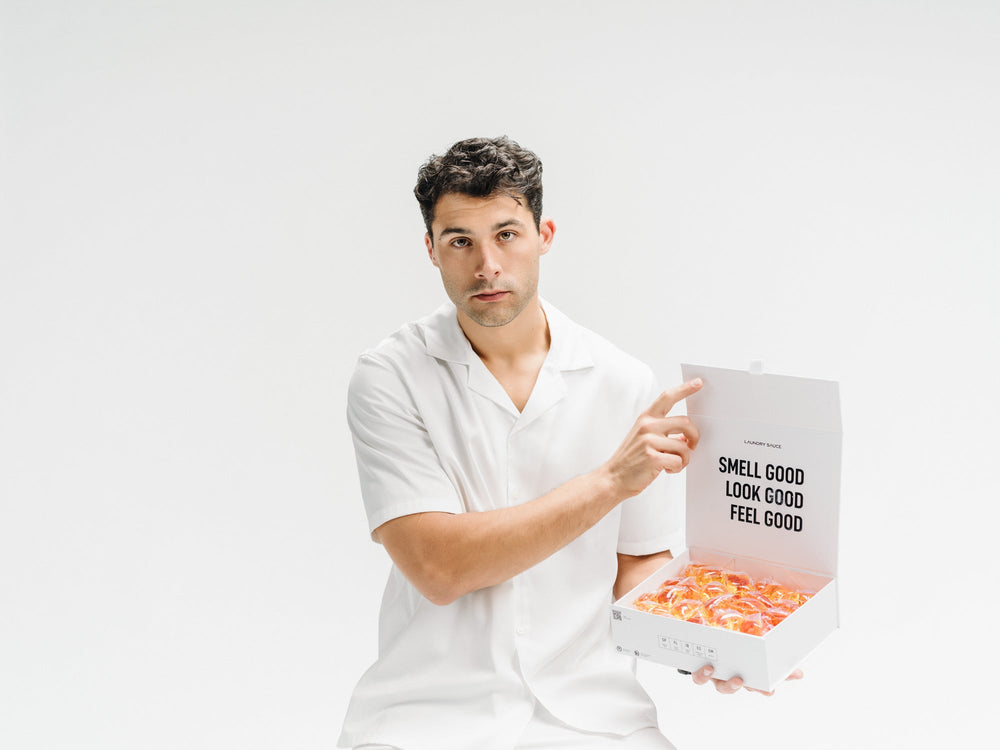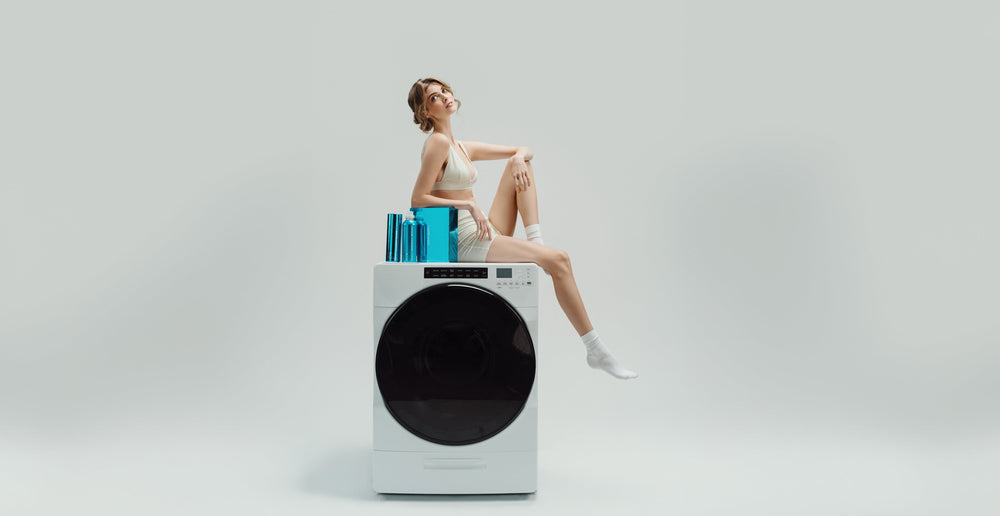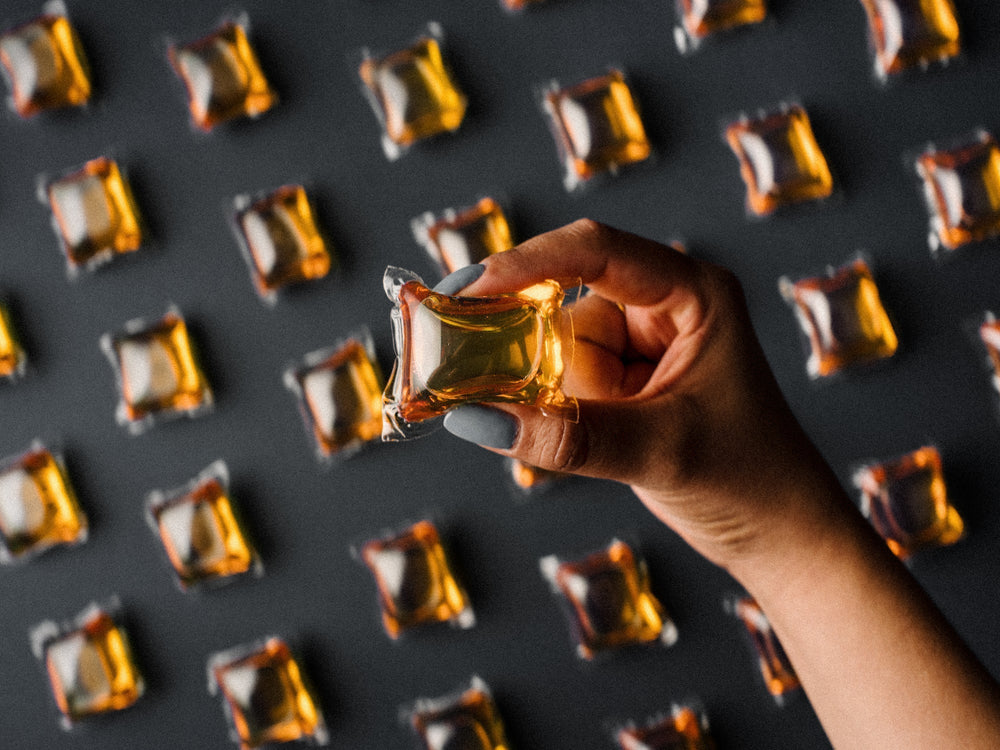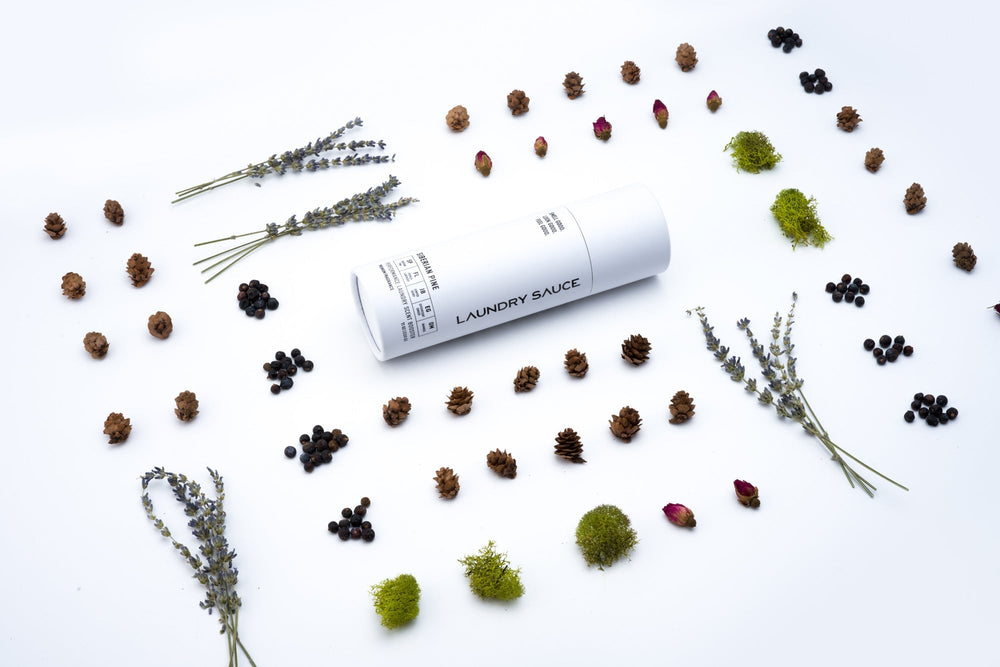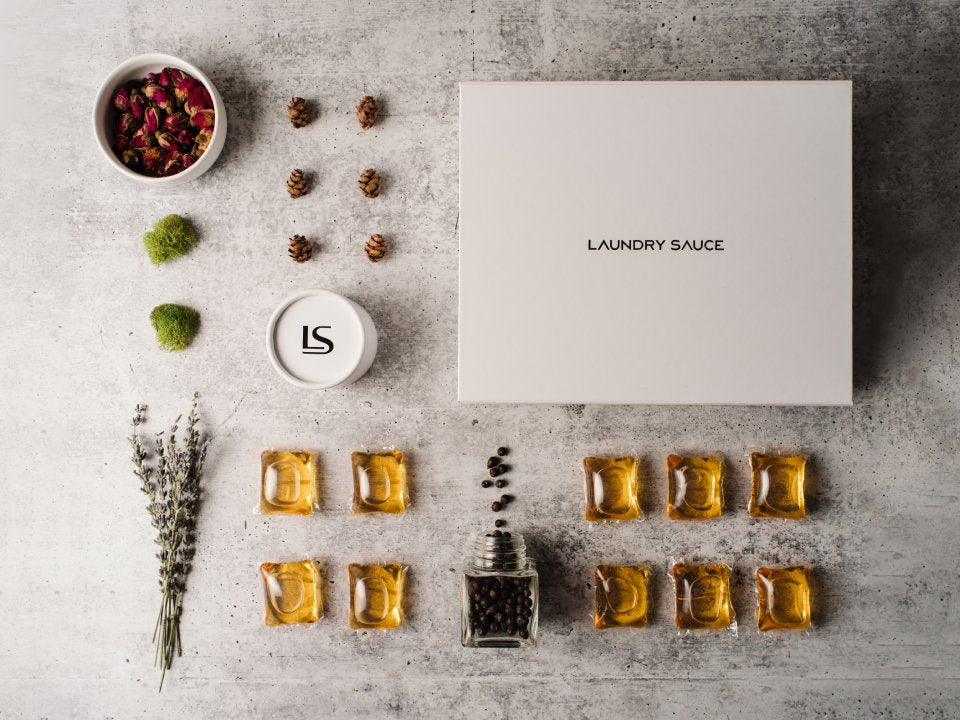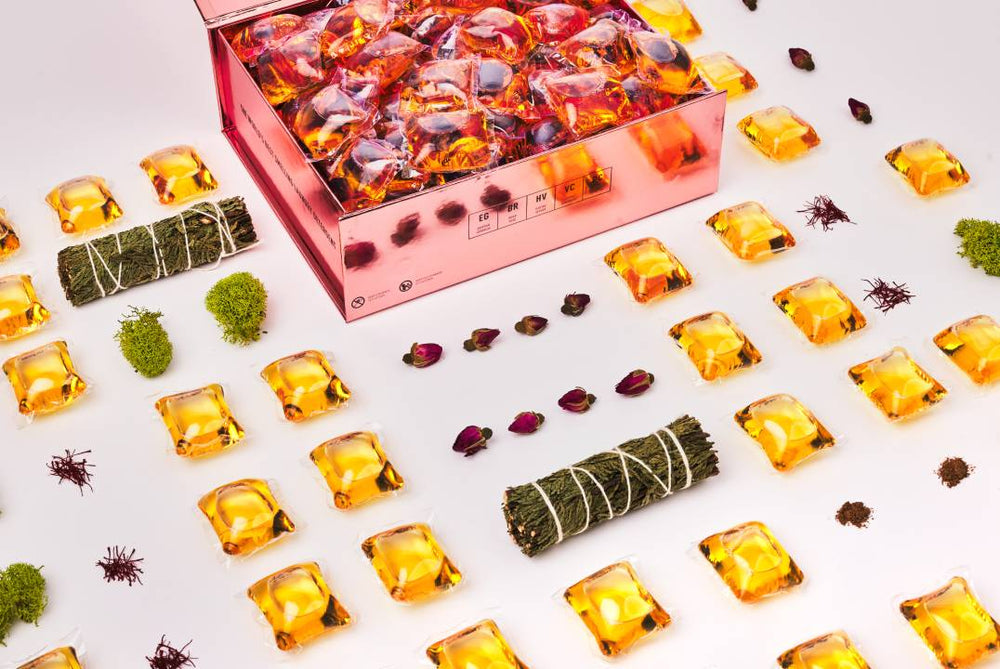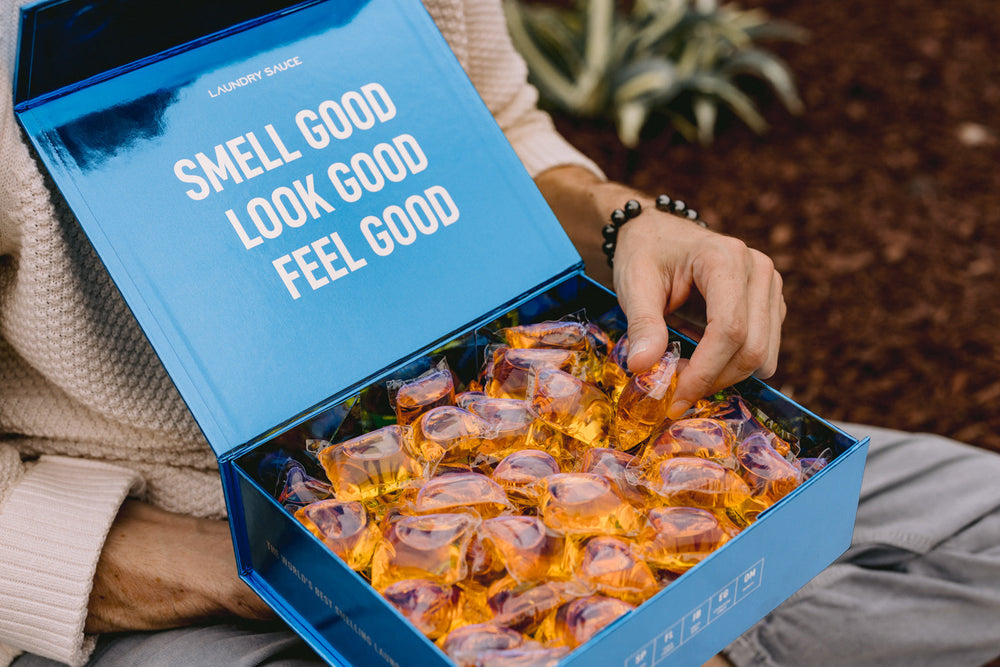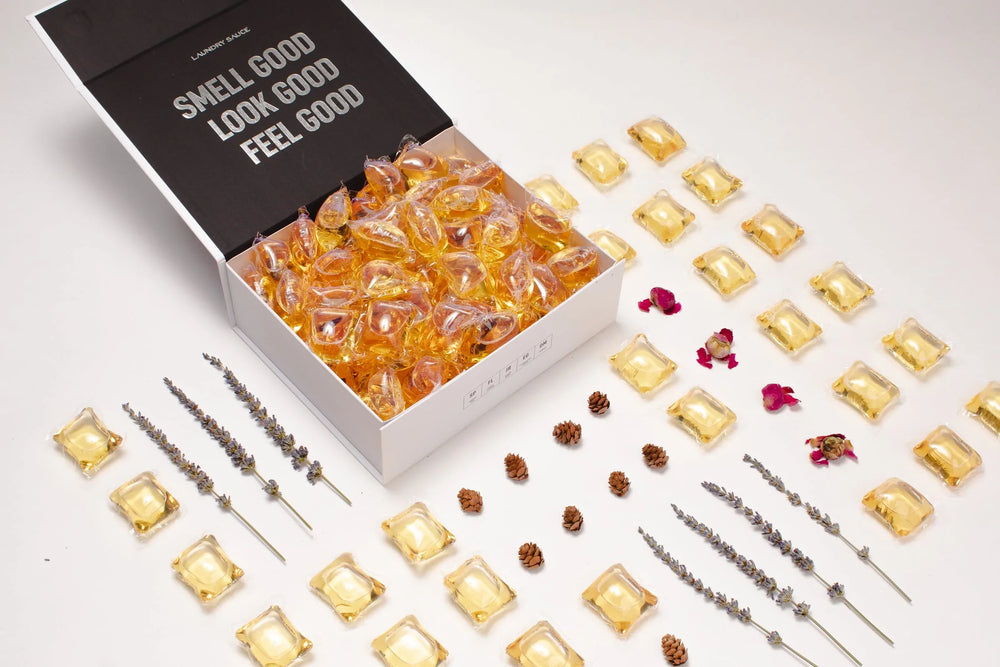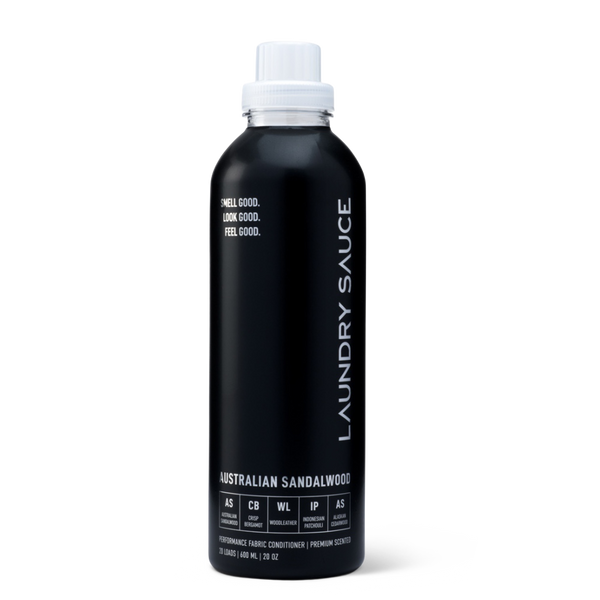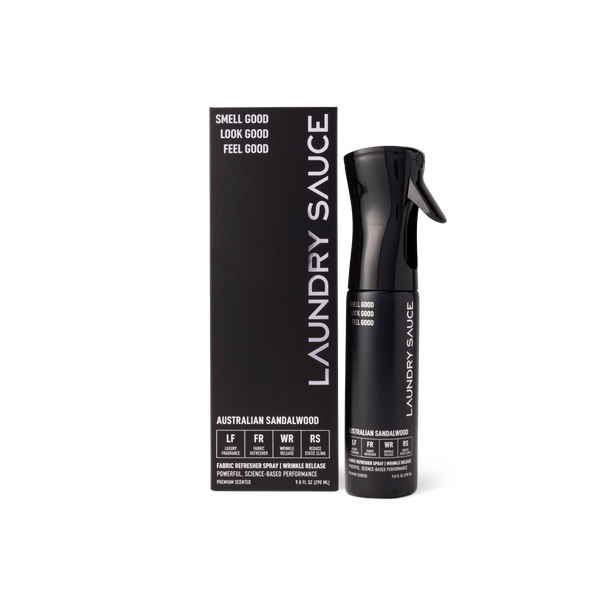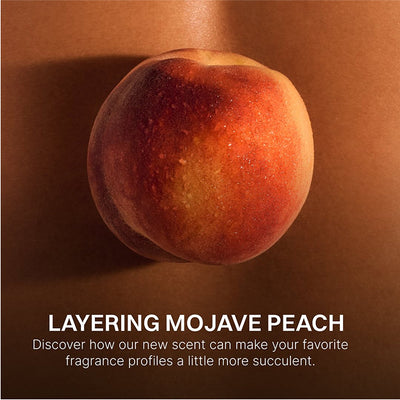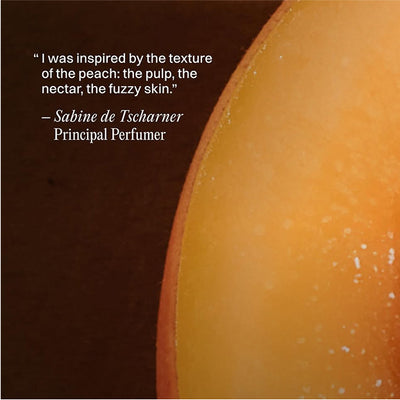Most stains can be dissolved with cold water. Applying warm water to a stain can “cook” it into the fabric, making it harder to remove. However, oil-based stains may respond better to hot water.
If you stain your clothes or bed sheets, your first instinct is probably to throw it in the washing machine ASAP. It’s important to act fast. But if you use the wrong water temperature, you might be making even more work for yourself in the long run.
When it comes to washing clothes, many of us associate hot with clean, especially when you’re trying to erase the evidence of a coffee stain or red wine spill. However, it’s often better to use cold water to remove stains—and there’s science to back that up.
In this article, we’ll explain why the temperature of the water matters for stain removal and how to make the right choice. Pro tip: Always check the care label on your garment before you try any stain removal techniques, otherwise you might end up with something worse than a stubborn stain.
Do Stains Come Out Better In Hot or Cold Water?
Many types of stains can be easily removed with cold water. Using hot water can potentially “bake in” stains by causing molecules to coagulate and bond with the fibers of the fabric. However, you may need to pretreat oily stains with warm water to dissolve the oil molecules before throwing them into the wash. No matter what your care tag says, these must-haves keep your clothes looking and smelling their best—minus the guesswork.
Most laundry detergents perform equally well in cold and warm water, so your clothes won’t get cleaner by nuking them with higher temperatures. Further, cold water washing can prevent fading, color bleeding, and fabric damage—not to mention it’s more energy efficient .
Bottom line: The water temperature you use depends on the kind of stain you’re fighting, as well as the care instructions on the item.
To save you time on laundry day , we created this cheat sheet for when to use hot or cold water for stains.

Stains That Need Cold Water
These food, beverage, and protein-based stains respond well to cold water washes.
Blood Stains
Blood contains proteins that can set into fabric when combined with hot water. It’s best to flush out blood stains with cold water before laundering the fabric as usual.
Red Wine Stains
Blot the wine stain with distilled white vinegar before rinsing it with cold water.
Grass Stains
Gently blot the grass stain with a mixture of cold water and dish soap and let it soak for 10-15 minutes before rinsing again with cold water.
Coffee Stains
Rinse the coffee stain with cold water, then apply a few drops of dish soap and rub it gently with your finger or a soft cloth.
Chocolate Stains
Soak the chocolate stain in cold water mixed with one cup of distilled white vinegar for 30 minutes. Then, scrub out the stain with an old toothbrush.
Water-Based Paint
Flush the stained area with cold water, then gently rub it with a little dish soap. Let the garment soak for at least 30 minutes before washing it as usual.
Baby Food Stains
Blot away any excess mess and soak the stain in cold water for a few hours. Then, pre-treat the stain with dish detergent or stain remover and wash in cool water on a regular wash cycle.
Ink and Dye Stains
Rinse the ink stain under cold water, holding the fabric with the stained side down to prevent spreading. Gently rub the stain with dishwashing soap and let it soak in cold water for 30-60 minutes before laundering as usual.
Semen Stains
If you got freaky in the sheets, you might end up with a...sticky situation. Washing semen stains with hot water can cause the proteins to coagulate, so it's important to run a wash cycle with cold water and an enzyme-based detergent.
Stains That Need Warm Water
Greasy stains often respond better to warm water, since it emulsifies the oils and makes them easier to lift from the fabric.
Oil and Grease Stains
Blot any excess oil with a clean towel, apply a small amount of dish soap to the stain, and gently rub the fabric together before washing in warm water.
Foundation Stains
Rinse off the foundation with warm water, pouring it from the back of the stain. Next, treat it with a stain remover before throwing it in a warm water wash.
Lotion Stains
Scrape off any excess lotion and pre-treat the stain with a mixture of mild dish soap and warm water. Next, launder the garment as usual in warm water, following the care instructions on the label.
Stains That Need Cold Then Warm Water
Some stains need a combo of cold and warm water to get fully removed.
Tomato Stains
After scraping away any excess food, rinse the stain under cold water. Let the fabric soak in cold water mixed with dish detergent for up to an hour, then run a wash cycle with warm water—if the fabrics permit it. (This applies to plain tomatoes, spaghetti sauce, and ketchup)
Fruit Juice Stains
Flush the fruit stain with cold water first, pre-treat it with a stain remover, then wash it on a warm laundry cycle.
Mud Stains
After scraping as much mud as you can off your clothes, rinse it with cold water. Then wash the garment again using the warmest setting recommended on the care label.
Urine and Vomit Stains
Accidents happen—here’s how to forget about them as fast as possible.
Start by flushing the fabrics with cold water to remove any excess liquid. Next, soak the fabric in cold water mixed with enzyme dish soap or laundry detergent for about 30 minutes. Finally, run a regular wash cycle at the hottest temperature the fabric can handle to kill any leftover germs.
Pro Tip: Check out our guide to getting cat pee smell out of clothing.
Sweat Stains
Got yellow sweat stains on your white clothes ? Start by soaking them in a mixture of dish soap, hydrogen peroxide, and baking soda for about one hour. Next, scrub the stained area with a toothbrush. Finally, flush out the mixture with cool water before running a normal wash cycle with the warmest water your garment allows.
Stains Don’t Stand a Chance Against Laundry Sauce
Whether you’re dealing with an oil splatter, pit stains, or wine Wednesday gone wild, Laundry Sauce detergent pods are built to erase the evidence. Our formula contains four powerful enzymes that break down tough stains. Best of all, Laundry Sauce works in both warm and cold water.
Oh, and did we mention Laundry Sauce comes in five sexy fragrances? Cleaning your clothes is one thing, but we want them to smell like pure luxury too—all for as little as $1 a load.
Heads up: While Laundry Sauce was developed to fight tough stains in both cold water and warm water wash cycles, sometimes stains “set” during a wash and/or drying cycle, which will make tough stains challenging to remove using laundry detergent alone, and may need extra help to remove.
If the garment is soiled with grease and/or oil we recommend augmenting your cleaning regimen by pretreating the stain using a solvent-based stain remover.



